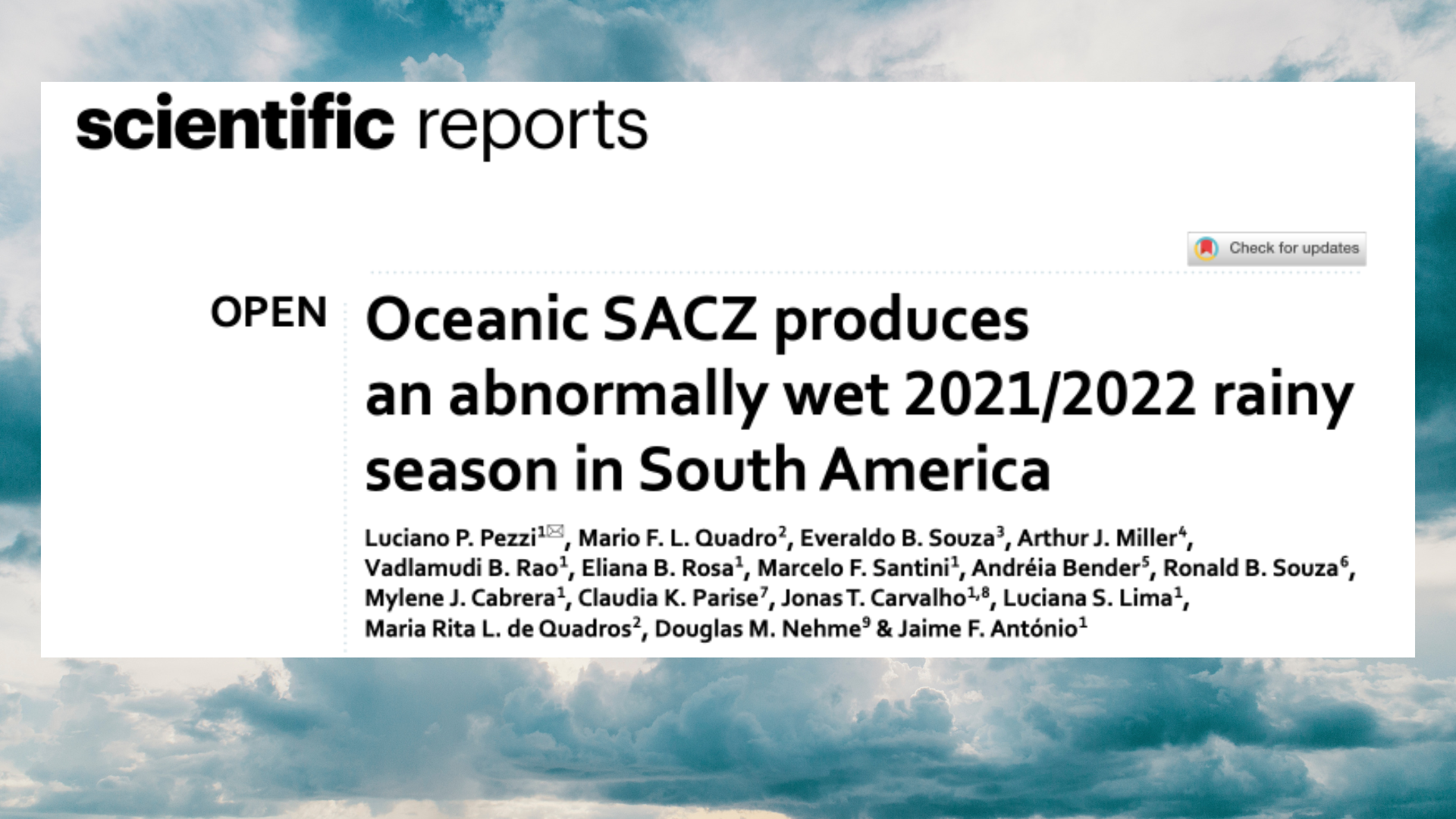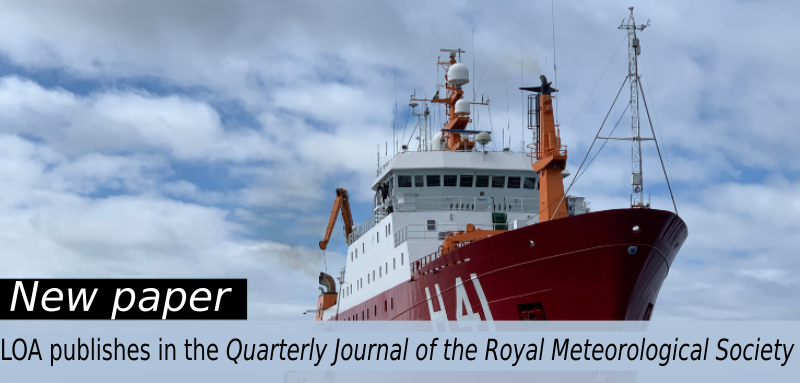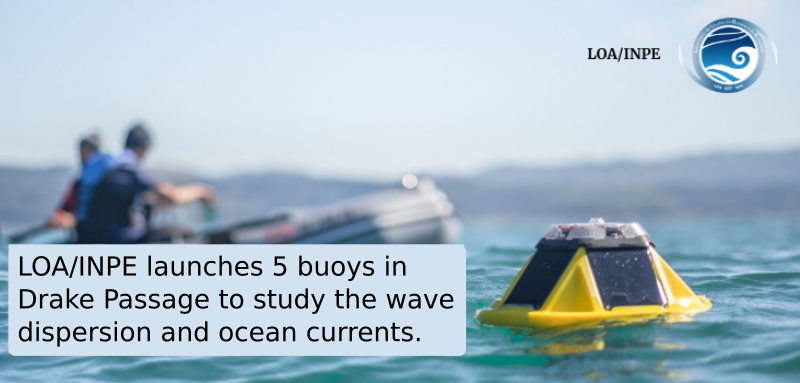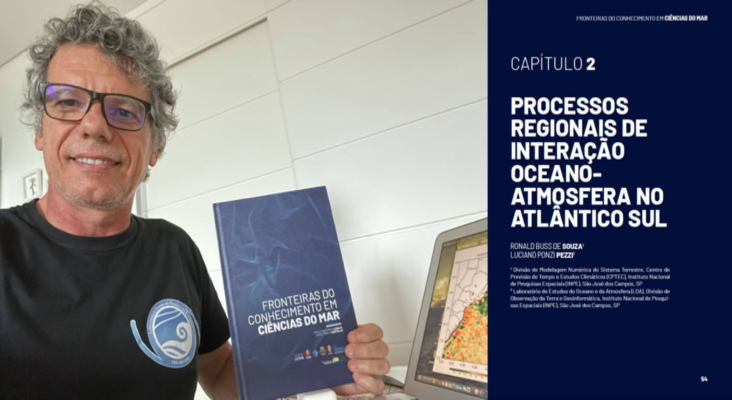The newest publication led by Dr. Luciano Pezzi published this week presents new approaches related with the South Atlanctic Convergence Zone (SACZ), which can be responsible for more than 90% of the precipitation in some regions of Southeast Brazil and in some regions of the Southwestern Atlantic Ocean (SWA), during South America’s 2021/2022 summer extreme rainy season.
The phenomenum was very strong in both number of cases and intensity during the extremelly atypcal summer of 2021/2022 and is descrided as typically oceanic, fed by atmospheric rivers and possibly intensified by climate change. The episodes of oceanic SACZ described in the paper were studied using a regional ocean-atmosphere coupled model, satellite data and observations derived from our meteoceanographic buoy Cryosphere-1.
It is a extremely interesting subject as well as the modulation that SACZ causes on the surface of the ocean. Additionally, the stability of the MABL was discussed, and in this case based on unpublished observations made with the our Cryosphere-1 buoy.
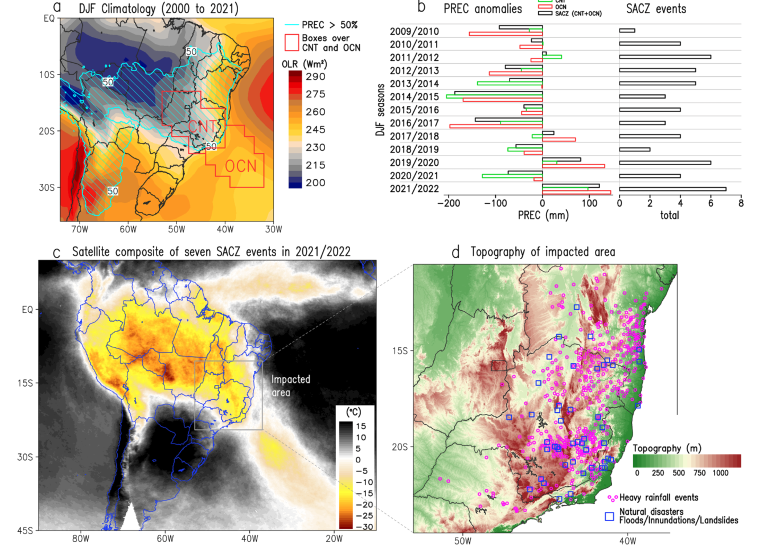
The article is available at https://www.nature.com/articles/s41598-023-28803-w

